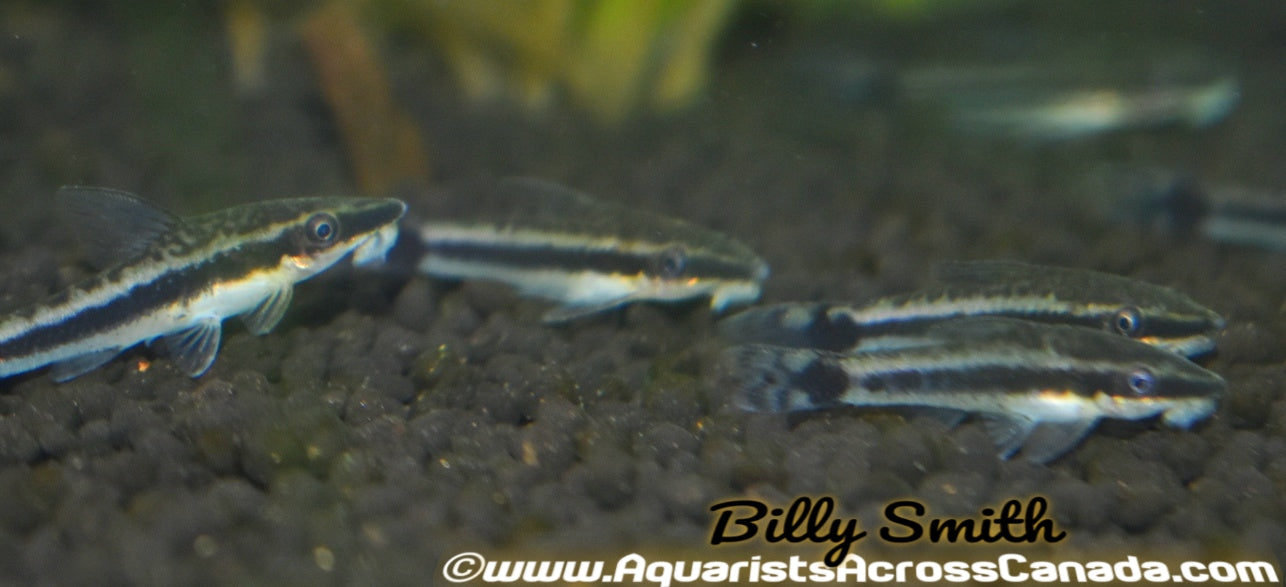SKU:1531
OTOCINCLUS (otocinclus huaorani)
OTOCINCLUS (otocinclus huaorani)
150 in stock
Couldn't load pickup availability
The otocinclus may be small, but it is a powerful algae eater and an all-around friendly addition to the community tank. Read on to learn more about this small but mighty species.
Basic Facts on the Ocotinclus
The name Otocinclus applies to an entire genus of catfish belonging to the family Loricariidae. These fish are native to South America where they are commonly found in small to medium-sized streams with moderate water flow. They tend to spend their time in areas of marginal vegetation, particularly among grasses with plants with small leaves, but can also be seen in shoals swimming in open water.
Scientists have identified around 20 species of Ocotinclus, though some are more common in the aquarium trade than others. Here is a list of those species:
- Otocinclus affinis
- Otocinclus arnoldi
- Otocinclus batmani
- Otocinclus bororo
- Otocinclus caxarari
- Otocinclus cocama
- Otocinclus flexilis
- Otocinclus hoppei
- Otocinclus huaorani
- Otocinclus juruenae
- Otocinclus macrospilus
- Otocinclus mangaba
- Otocinclus mariae
- Otocinclus mimulus
- Otocinclus mura
- Otocinclus tapirape
- Otocinclus vestitus
- Otocinclus vittatus
- Otocinclus xakriaba
- also known as oto cats, though some species have their own names. Two of the most common species in the aquarium trade are Otocinclus vittatus and Otocinclus macrospilus. Otocinclus cocama is known as the zebra oto, Otocinclus affinis as the golden oto, and Otocinclus mariae as the dwarf oto. Most species look very similar with the only minor differences being tail markings.
Generally speaking, oto cats remain very small, topping out around 2 inches in adulthood. Most species have a muted gray or brown coloration, often with a dark horizontal stripe running the length of the body. Like most algae eaters, these fish have sucker mouths and they also possess unique biological adaptations that enable them to breathe air.
https://www.ratemyfishtank.com/blog/spotlight-on-the-otocinclus-catfish
Share


